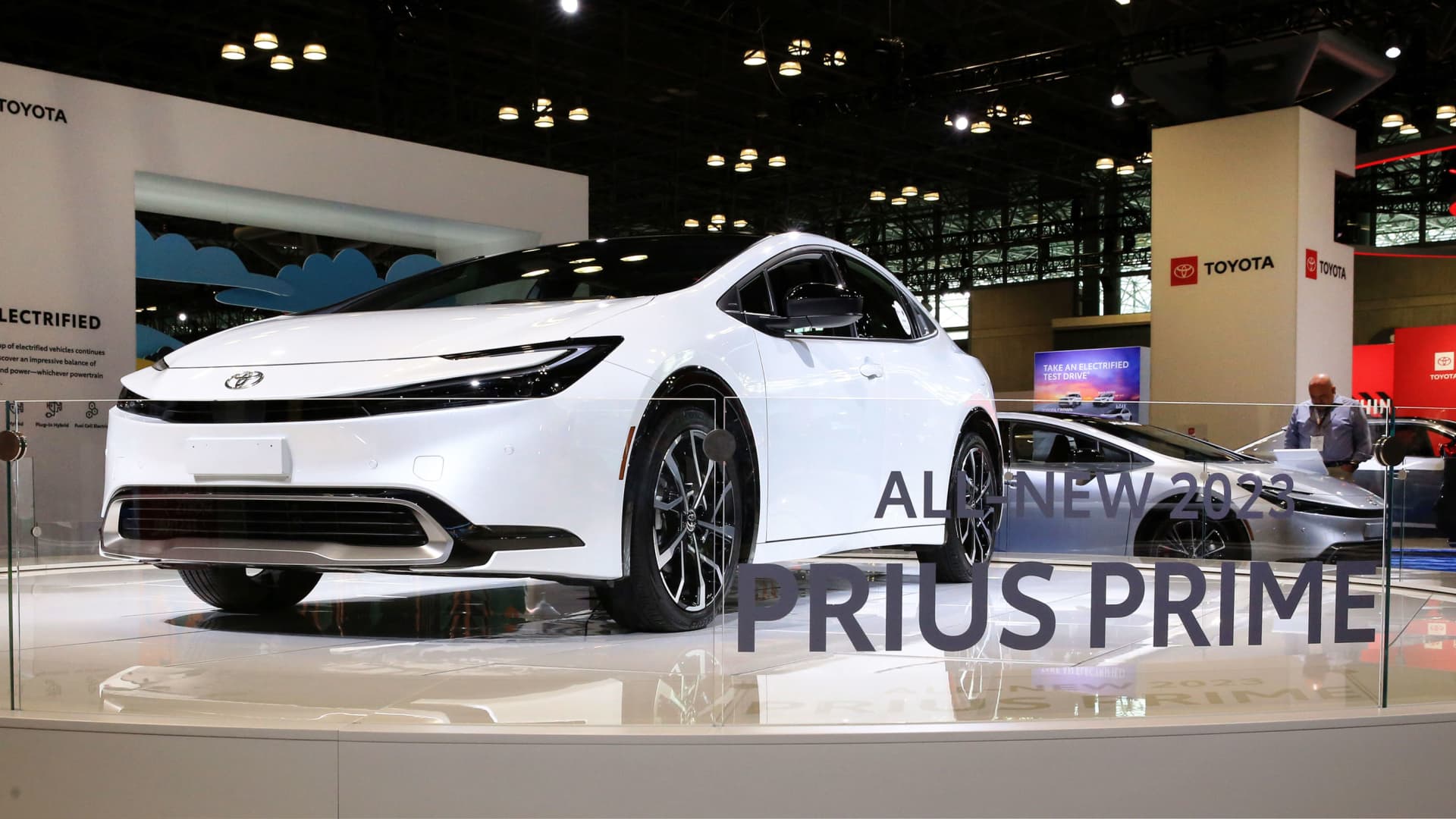David_Cary
Active Member
Do you not believe the Exxon scientists? There predictions in the 1980s were so close to right on it is truly amazing. Exxon has always been able to afford really good people. Nowadays, really good disinformation spreaders.
Do you somehow think that rising temperatures will be a good thing? I mean, in some ways they will be but the amount of change will be really hard to compensate for. Water supplies and agriculture are really picky.
Heck - seafood is really picky. How are your Alaskan crab, your pacific salmon this year? I am sure a lot of this can be blamed on overfishing but from my understanding, they are not really sure what is happening. The 2021 heat dome killed 1 billion sea creatures. I am sure some might have just been made infertile.
Do you think it is an accident of history that modern civilization developed in moderate climates? And the richest parts of the modern world are moderate climates? Or that the happiest countries are pretty far North?
Do you somehow think that rising temperatures will be a good thing? I mean, in some ways they will be but the amount of change will be really hard to compensate for. Water supplies and agriculture are really picky.
Heck - seafood is really picky. How are your Alaskan crab, your pacific salmon this year? I am sure a lot of this can be blamed on overfishing but from my understanding, they are not really sure what is happening. The 2021 heat dome killed 1 billion sea creatures. I am sure some might have just been made infertile.
Do you think it is an accident of history that modern civilization developed in moderate climates? And the richest parts of the modern world are moderate climates? Or that the happiest countries are pretty far North?



